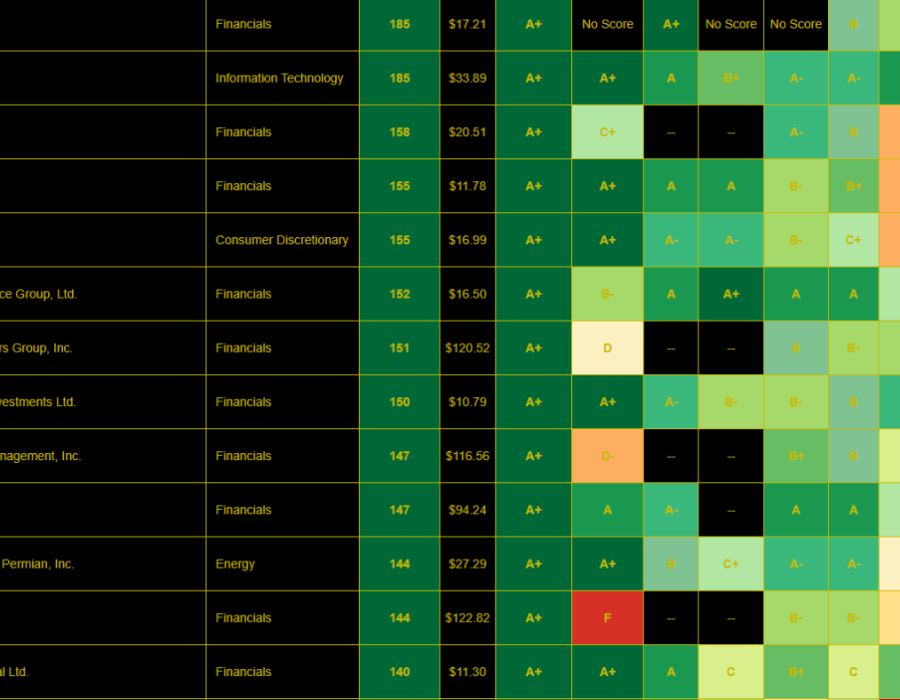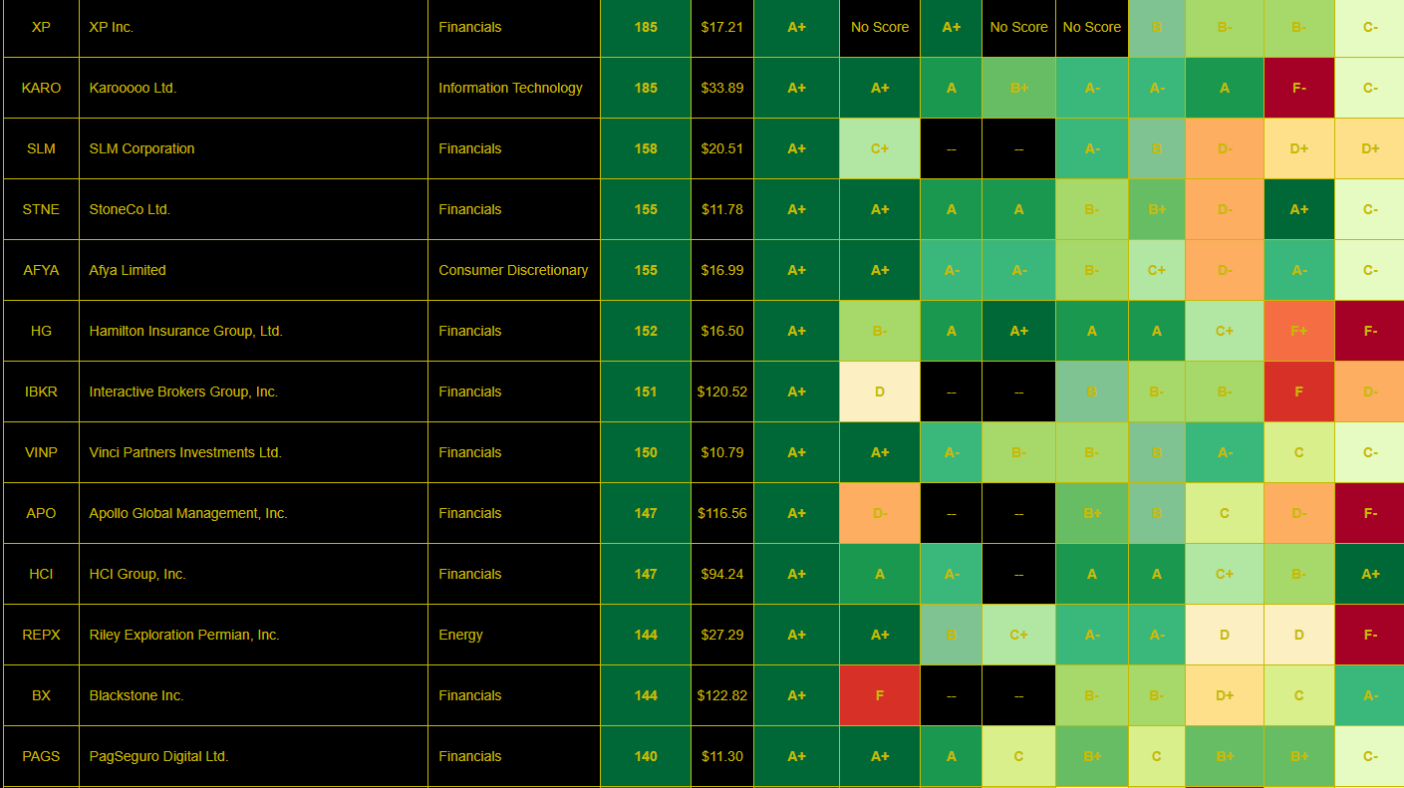What Are Options?
Options are financial derivatives that derive their value from an underlying asset, such as stocks, commodities, or indices. An option contract gives the buyer the right, but not the obligation, to buy or sell the underlying asset at a specific price, known as the strike price, before or on a specified expiration date. There are two types of options: calls and puts.
Call Option: A call option gives the holder the right to buy the underlying asset at the strike price.
Put Option: A put option gives the holder the right to sell the underlying asset at the strike price.
Key Terminology in Options Trading
Before diving into the mechanics of trading options, Option trading basics it’s crucial to understand some key terms commonly used in the world of options:
Strike Price: The predetermined price at which the underlying asset can be bought or sold.
Premium: The price paid by the buyer to the seller (or writer) of the option contract.
Expiration Date: The date by which the option must be exercised or it becomes worthless.
In the Money (ITM): An option that has intrinsic value. For call options, this means the underlying asset's price is above the strike price. For put options, it means the price is below the strike price.
Out of the Money (OTM): An option that has no intrinsic value. For calls, this means the asset price is below the strike price, and for puts, it’s above the strike price.
How Option Trading Works
Option trading allows investors to take positions on the future price movements of an asset without having to buy or sell the asset outright. Here’s how it works:
Buying Call Options: When you buy a call option, you are betting that the price of the underlying asset will go up. If the price rises above the strike price, you can either sell the option for a profit or exercise it and buy the asset at the lower price.
Buying Put Options: Buying a put option is essentially a bet that the price of the asset will decline. If the price falls below the strike price, the value of your option increases.
Selling (Writing) Options: When you sell or write an option, you take on the obligation to buy or sell the underlying asset if the buyer chooses to exercise the option. Selling options can generate income for the seller, but it also involves more risk than buying options.
Benefits of Trading Options
Leverage: Options allow traders to control a large number of shares with a relatively small investment. This can amplify profits, but it can also increase potential losses.
Flexibility: Options can be used in various strategies depending on market conditions. They can help hedge against losses in other investments or generate income in a stagnant market.
Limited Risk for Buyers: When buying options, the maximum risk is limited to the premium paid for the option. This makes it less risky compared to buying stocks outright.
Risks of Option Trading
While options can offer significant rewards, they also come with risks. Some of the major risks include:
Complexity: Understanding and managing options can be challenging for beginners. Using advanced strategies without a full grasp of their implications can lead to significant losses.
Time Decay: Options lose value as they approach their expiration date, even if the underlying asset’s price does not move. investment portfolio manager in USA This can erode profits over time, particularly if the market does not move in the expected direction.
Unlimited Loss Potential (for Sellers): If you sell a call option without owning the underlying asset (a naked call), your potential loss is unlimited if the asset’s price skyrockets.






Comments